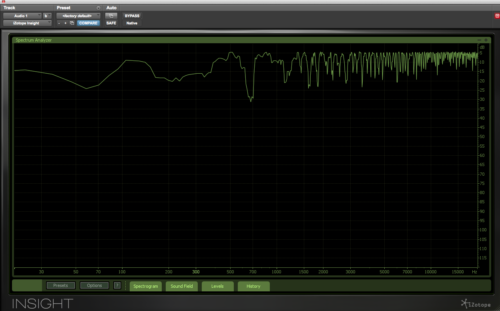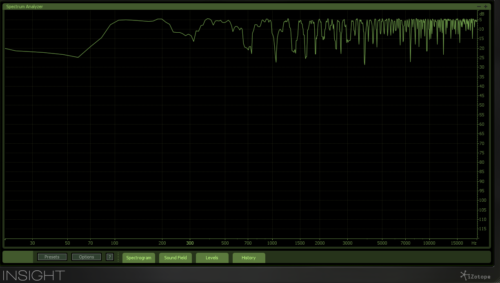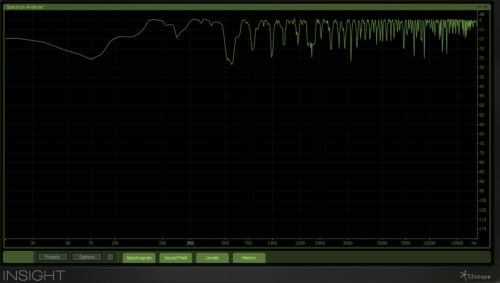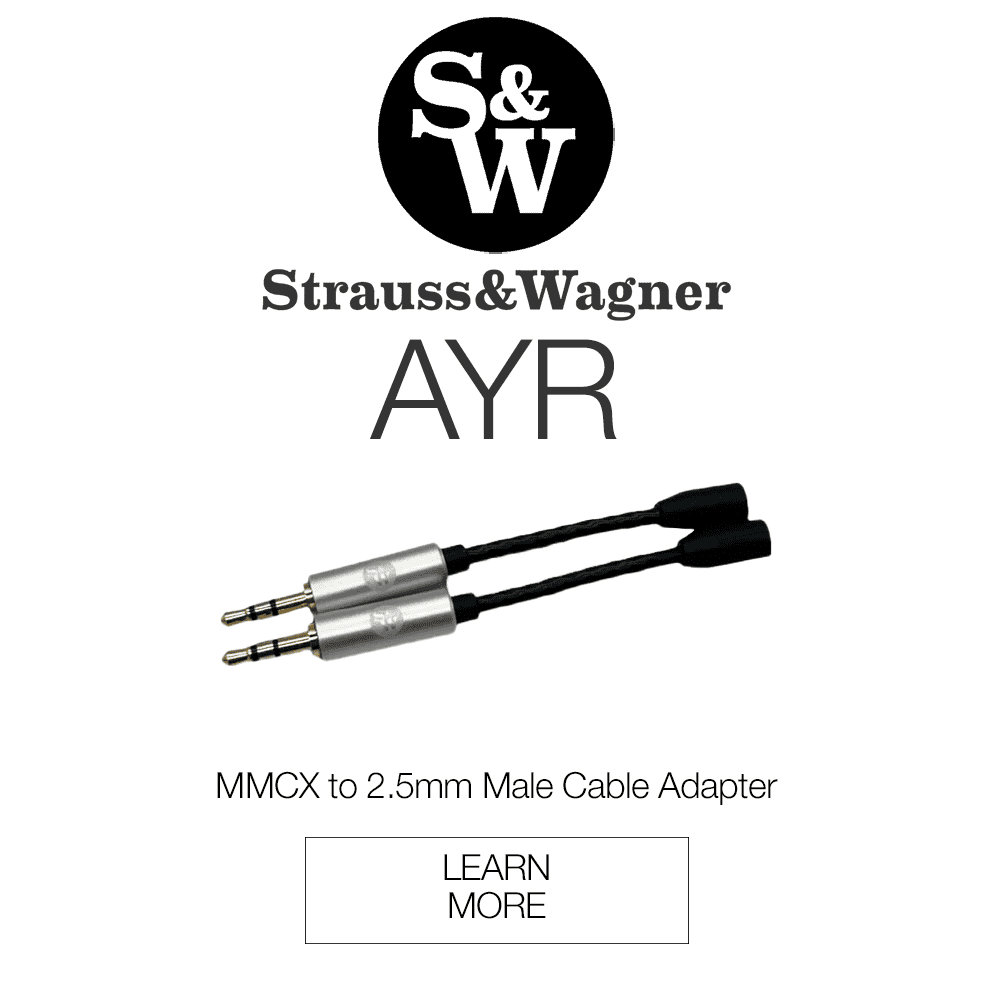The Chord Hugo 2 is one of the best headphone amplifiers and DACs on the market right now. Audiophiles far and wide have been yearning to give it a try. Today, I’d like to dive a little bit deeper into the filter options on-board the Hugo 2 to provide a better understanding of what they do and when to use them. I have yet to see the Chord Hugo 2 Filters explained via frequency response graphs, so this is my aim today.
And like Rob Watts of Chord said in a Head-Fi forum interview not long ago, “My mantra is ‘You know nothing Jon Snow…’ and that is to remind me that there are very real limits to what I understand, and assumptions must be constantly tested with listening tests. Very big progress can be made by going down avenues that at first sight seem incapable of changing sound quality.”
Chord Hugo 2 Filters Explained
The four filter options on the Hugo 2 can be changed by tapping the filter button. The color of the button determines which filter is currently active. There are four filters in total. The first two are meant to mirror the Chord Dave which is a highly detailed reference amplifier, and Chord’s flagship product. The second two are meant to model the Chord Mojo, Chord’s extremely popular, advanced, and warm portable DAC.
Fundamentals
Before diving into the specifics of each filter, I first want to mention a few fundamental pieces of information for understanding the filters at a basic level.
The first two filters of the Chord Hugo 2 are 256fs. Fs stands for the sample frequency. 256fs is considered to be a super high reference-style sampling frequency that can accurately reproduce pretty much any audio you’d want to play back perfectly, up to a 192kHz recorded sample rate.
The second two filters are 16fs which will give the audio a warmer tone overall, although doesn’t have the same preciseness of the 256fs filters.
Now let’s get into some specifics of the individual filters.
256fs- Incisive Neutral (whiite color button)
To the ear
First of all, I toggled through the filters to get an overview of their sounds and the truth is that the differences between the filters are quite subtle at first. The difference between this “Incisive Neutral” filter and 16fs with the HF roll off is the most obvious. When you switch from it to this you hear more emphasis on the high frequencies return.
This filter feels transparent and shows you exactly what the song and the headphones sound like. To my ear, this filter sounds the best with modern recordings. The brightness of newer recordings feels intentional and the full frequency spectrum can be utilized in an aesthetic way for many of these mixes. Using this filter with recordings that were tracked too brightly can make them feel harsh.
To the frequency response graph

As you can see the frequencies seem quite even going across the whole spectrum right along the -5db line. 200Hz and 50-70Hz dip below that line, implying these frequencies have less energy. If one were to draw a line across all the peaks shows a slight incline in favor of the high frequencies. Again, it is so so very subtle.
256fs with HF Roll-Off-Incisive Neutral with High Frequency Roll-Off (green color button)
To the ear
The biggest difference to my ear is a very subtle roll off of the high frequencies. Toggling to this filter from the previous softens harsh high-hats common in 90s hip-hop, although when I toggle to the next filter the same music receives a little love in the low end.
Just from my various togglings so far, this filter is actually my least favorite (if favorites are possible with changes so subtle)
To the frequency response graph

You’ll notice the two graphs look fairly similar. There are a couple of small differences worth mentioning. One is that 200Hz is back in business. I wouldn’t necessarily have guessed that based on the basic description of the filter but alas, the frequency graph tells no lies. It is also worth examining the very very very high frequencies, right around 20kHz. A baby roll-off is happening and it probably extends both above 20kHz and in the other direction, affecting the harmonics beneath it.
16fs-Warm (orange color button)
To the ear
I love this filter a lot! I think it does very cool things to modern and classic rock (that isn’t recorded too brightly), modern hip-hop, and all other genres. It is especially nice on modern indie music that perhaps lacks a little warmth in the recording but still has interesting high-frequency information. It is more of a feeling than a particular sound especially for this filter and I really like it a lot on everything I’ve tried genre-wise.
To the frequency response graph

As you can see, the low frequencies from 100Hz-200Hz have more energy. There is a slight, slight decrease in level between 1.5kHz and 2kHz than the other higher sampling frequency filters.
16fs with HF Roll-Off-Warmer with high frequency roll-off (red color button)
To the ear
Older recordings that have added too much high end, especially genres like reggae, have particular benefits using this filter. It is also just very pleasing sounding overall so again, it sounds good on just about everything except for genres that benefit from extra space in the low end and more exact detail in the high end like bluegrass perhaps. Additionally, I really love this on modern hip-hop!
To the frequency response graph

The low frequencies from about 70Hz – 500Hz have more energy than before. There is also a similar roll off in the very very top of the frequency spectrum right around 20kHz.
Overview
In conclusion, the Chord Hugo 2 is a wonderful product. If you are an audiophile who has the extra cash to spare, I highly recommend buying the Hugo 2. All the filters on-board this special DAC are amazing sounding and you’ll have a lot of fun experimenting yourself.
The Chord Hugo 2 is available for the best price here:
MajorHiFi may receive commission through retail offers.
Again, here are the frequency response charts side-by-side for a more detailed comparison.




Compare the ranking of various headphones, earbuds and in-ear monitors using our tools.
Discuss this, and much more, over on our forum.
---MAJORHIFI may receive commissions from retail offers.















